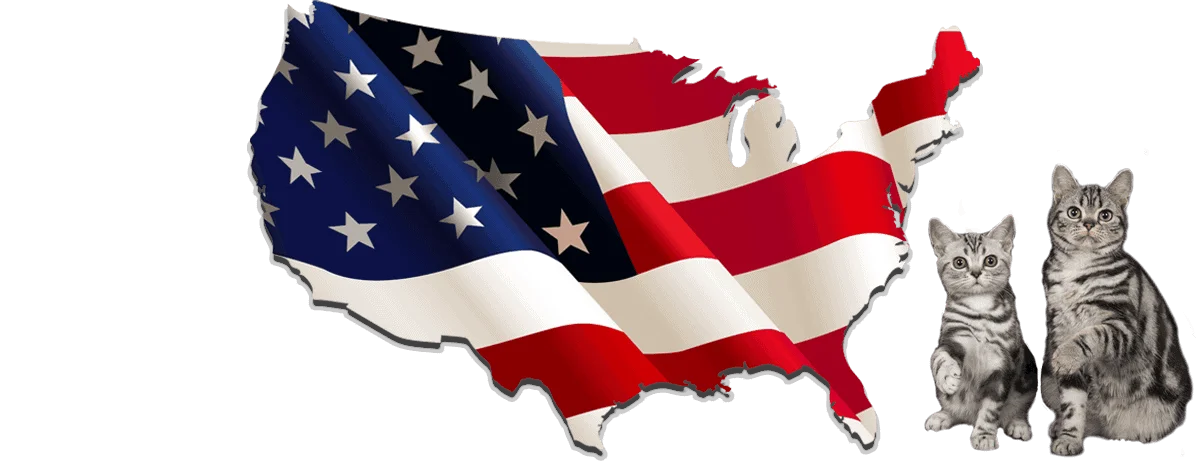
The Wuhan Coronavirus and Companion Pets

Many of us are wondering why the Chinese Government has literally implemented wartime measures since the overall deaths – while tragic – are relatively low compared to the number of confirmed infections. Even the World Health Organization has not yet declared this new virus a global health emergency.
According to The Washington Post, this particular coronavirus, 2019-nCoV, has an incubation period of up to 14 days. It is also known to be passed on for up to at least 4 generations of viral replication – meaning human to human to human-to-human contact. So, the government is preparing to not only contain the virus, but also the next big wave of people potentially infected. Indeed, they are building a hospital with 1,000 beds specifically for people infected with 2019-nCoV virus.
What are the symptoms in humans?
This particular strain of coronavirus causes respiratory symptoms, fever, cough, shortness of breath and breathing difficulties. In more severe cases of immunocompromised individuals, infection can provoke a secondary bacterial infection like pneumonia, kidney failure and even death. The secondary bacterial infection appears to be antibiotic resistant.
Pharmaceutical companies are working on a antiviral vaccine.
Where did this all begin?
Huanan Seafood Market has been linked as the possible originating area. This market not only sold seafood, but also sold live exotic animals.
How did this virus start?
Many coronaviruses are known to be zoonotic – meaning they can jump between species. For instance, Middle Eastern Respiratory Syndrome (MERS) is a different coronavirus strain and was spread from bats to camels to people simply through their interactions.
For the 2019-nCoV, a recent controversial peer-reviewed research paper found that protein codes in the 2019-nCoV are most similar to those found in snakes. The researchers believe that the virus jumped from bats to snakes to humans.
Other virologists are skeptical of the findings for a variety of reasons according to Nature. Paulo Eduardo Brandão is studying if snakes can carry coronaviruses. He says that at this time there is no evidence yet of other animal hosts beyond mammals and birds. David Robertson thinks it is unlikely that 2019-nCoV has infected any secondary animal host for long enough to alter its genome significantly. Overall, they believe more testing of the Huanan Seafood Market should occur.
What we picked up on is that Huanan Seafood Market also sold bats according to the study, which are considered the original source of many major coronaviruses.
Can companion dogs or cats contract the 2019-nCoV?
The focus of Chinese officials has been on human health and finding the animal source that spread it to humans. So, it is unknown if companion pets there can contract the 2019-nCoV strain from the animal source, could be spreading it to humans, or humans are conveying the virus to them. This last sort of spread is complicated and would take time as the researcher noted above.
Chinese markets sell a variety of exotic animals like civet cats and racoon dogs. Bear in mind, these are not felines or canines, respectively.
Civet cats spread Severe Acute Respiratory Syndrome (SARS) to humans. It is believed that SARS jumped possibly from bats to civet cats. [SARS is a different member of the coronavirus family.]
We researched and have not determined if the Huanan Seafood Market sold canines or felines for food consumption.
We will update you if there are any changes regarding the spread of this coronavirus to companion cats and dogs.
Current Known Coronaviruses in Companion Dogs
Current strains are canine respiratory coronavirus, canine enteric coronavirus, and pantropic canine coronavirus.
Canine respiratory coronavirus is a part of the kennel cough complex and is spread in kennel-like situations where dogs have high contact with one another or infected surfaces.
Canine enteric virus causes diarrhea. A vaccine is available for this strain. However, Dr. Dodds, Dr. Ron Schultz, the World Small Animal Veterinary Association (WSAVA), and the American Animal Hospital Association (AAHA) do not recommend it. As AAHA succinctly puts it, “Canine coronavirus (CCV) vaccination is not recommended on the grounds that infection: (1) causes mild or subclinical disease, (2) generally occurs in dogs 6 weeks of age and younger, and (3) is typically self-limiting.”
The symptoms of canine pantropic coronavirus are lethargy, inappetence, vomiting, hemorrhagic diarrhea, and neurologic signs (ataxia, seizures). This strain appears to have not yet spread beyond Europe. There is no evidence that the canine enteric virus vaccine cross-protects against canine pantropic coronavirus, according to the WSAVA.
Current Known Coronaviruses in Companion Cats
Two coronavirus strains in cats are significant at this time: feline enteric coronavirus and feline infectious peritonitis.
Similar to canine enteric coronavirus, feline enteric coronavirus causes mild diarrhea in cats.
Feline infectious peritonitis is an immune-mediated disease triggered by infection with a feline coronavirus. It can be expressed in one of two ways: a “wet” form or a “dry” form. Both forms include fever that include antibiotic-resistant fever, anorexia, weight loss and lethargy. The wet form is further characterized by accumulation of fluid in the abdominal cavity and/or the chest cavity.
A vaccine is available against feline infectious peritonitis. However, the American Association of Feline Practitioners, Dr. Dodds and Dr. Ron Schultz do not recommend it.
References
Callaway, Ewen, and David Cyranoski. “Why Snakes Probably Aren’t Spreading the New China Virus.” Nature News, Nature Publishing Group, 23 Jan. 2020, https://www.nature.com/articles/d41586-020-00180-8.
Campbell, Charlie. “The West Blames the Wuhan Coronavirus on China’s Love of Eating Wild Animals. The Truth Is More Complex.” Time Magazine, 24 Jan. 2020, https://www.time.com/5770904/wuhan-coronavirus-wild-animals/.
Christensen, Jen, and Meera Senthilingam. “Coronavirus: Should You Be Worried?” CNN, Cable News Network, 22 Jan. 2020, https://cnn.it/2vr75mR.
“Coronavirus.” World Health Organization, https://www.who.int/health-topics/coronavirus.
Day, M. J., et al. “WSAVA Guidelines for the Vaccination of Dogs and Cats.” Journal of Small Animal Practice, vol. 57, no. 1, Jan. 2016, pp. 4–8., doi:10.1111/jsap.12431.
Dodds, Jean. “Coronavirus Vaccine for Dogs.” Pet Health Resources Blog, Hemopet, 30 July 2017.
Ford, Richard, et al. 2017 AAHA Canine Vaccination Guidelines. American Animal Hospital Association, Oct. 2017.
Ji, Wei, et al. “Homologous Recombination within the Spike Glycoprotein of the Newly Identified Coronavirus May Boost Cross‐Species Transmission from Snake to Human.” Journal of Medical Virology, 22 Jan. 2020, doi:10.1002/jmv.25682, https://onlinelibrary.wiley.com/doi/abs/10.1002/jmv.25682.
McKay, Betsy. “What We Know About the Wuhan Coronavirus.” The Wall Street Journal, 23 Jan. 2020, https://on.wsj.com/2O1XrNJ.
Scherk, Margie A, et al. “2013 AAFP Feline Vaccination Advisory Panel Report.” Journal of Feline Medicine and Surgery, vol. 15, no. 9, 2013, pp. 785–808, doi:10.1177/1098612×13500429, https://journals.sagepub.com/doi/pdf/10.1177/1098612X13500429.
Scherk, Margie, et al. “Disease Information Fact Sheet” Feline Infectious Peritonitis.” Journal of Feline Medicine and Surgery, vol. 15, no.9, 2013, pp. 785–808, doi:10.1177/1098612×13500429, .
Sun, Lena, and Anna Fifield. “Chinese Cities Cancel New Year Celebrations, Travel Ban Widens in Effort to Stop Coronavirus Outbreak.” The Washington Post, 24 Jan. 2020, https://wapo.st/3aILVkb.
Dr. W. Jean Dodds, DVM graciously allowed us permission to publish this article.


